
In the new stripper-movie sequel Magic Mike XXL, Matt Bomer’s finally ready for his close-up.
The first installment of the series, released in 2012, was largely focused around the turbulent inner lives and straitened circumstances of characters played by Channing Tatum, Alex Pettyfer and Matthew McConaughey. Bomer, at that point best known for USA’s series White Collar, provided great support as fellow dancer Ken, but the audience learned little about what made him tick. That’s not the case in the more overtly comic XXL, which ditches the first installment’s melancholy tone and which—without Pettyfer and McConaughey along for the ride—focuses more closely on its central corps of male entertainers. (This time, they’re on a road trip to a Myrtle Beach stripping convention at which they’ll unleash entirely new routines.)
Bomer’s Ken is a vaguely hippie-ish idealist blessed with a strong singing voice. In conversation, the real Bomer doesn’t break into song but seems every bit as enlightened as his character. As Bomer sees it, Magic Mike XXL, with its objectified men and its new promoter played by Jada Pinkett Smith, is a movie that uplifts women. “How many times have you seen a film with a woman who is strong and not portrayed as frigid or a bitch?” he asks. “In this film, the women were portrayed beautifully and three-dimensionally and had all those dimensions going on.”
TIME: Whose idea was it for you to sing in the movie?
Matt Bomer: When we were filming the first Magic Mike, we obviously had a limited budget; it was an independent film. And we would entertain extras in between takes. Channing would put a microphone in our face and say, “Do something entertaining.” Joe Manganiello, whom I’ve known since I was 18—he basically served as my hype man—said “Sing something.” I did, and Channing remembered that. That’s one of the great things about working with people like Channing who are so generous of spirit. He held onto that and when we came back to do the second one, he said, “You’re going to sing.” The prospect of that was terrifying, which is also one of the things that made it a really interesting proposition.
Overall, too, we got to know your character much better this go-round. Did you know what the traits to Ken were already?
We had a foundation. Even going into the first film, we weren’t sure what was going to be asked of us at any given time, so we approached our characters as if we were playing Hamlet, to add an Altmanesque backdrop to the stripper life, especially the backstage life. We had all discussed, generally, who the characters were and they’d given us free rein. What was nice about getting to do this film is we got to flesh [out] those characters more and expand what we brought to the table in the first film.
The tone, here, is wildly different from the more melancholy 2012 Magic Mike. The comedy’s more explicit. How’d that feel on set?
It’s actually one of the reasons I wanted to do this film—that we weren’t just rehashing the film we created in the first. There’s a complete tonal shift, and it’s this road trip movie, this odyssey. A lot of it reminded me of True Romance, one of my favorite movies. There were a lot of aspects that were outlandish but you had to ground them in truth. That’s always an interesting world to me as an actor. Not that this film doesn’t have stakes, but the first film’s themes were quite serious. Does the profession you choose dictate your destiny and your standing in society? This film is much more about self-discovery and authenticity and celebrating who you are and the creative process.
Mad Max: Fury Road

In a summer full of CGI dinosaurs and robots, Mad Max: Fury Road proves that action blockbusters can still be the sort of high art that gets a standing ovation at the prestigious Cannes Film Festival. Director George Miller not only perfected the form, building the rickety fire-shooting vehicles from scratch, but adds narrative heft, taking on serious issues like sex slavery in a nuanced way.
—Eliana Dockterman
It Follows

As a premise, “pretty teen girl running from certain doom” may not sound like the makings of an inventive horror film. Yet David Robert Mitchell’s indie sensibility makes the movie unlike any thriller you’ve seen before, while still paying homage to the best traditions of the form.
—Sarah Begley
Far From the Madding Crowd
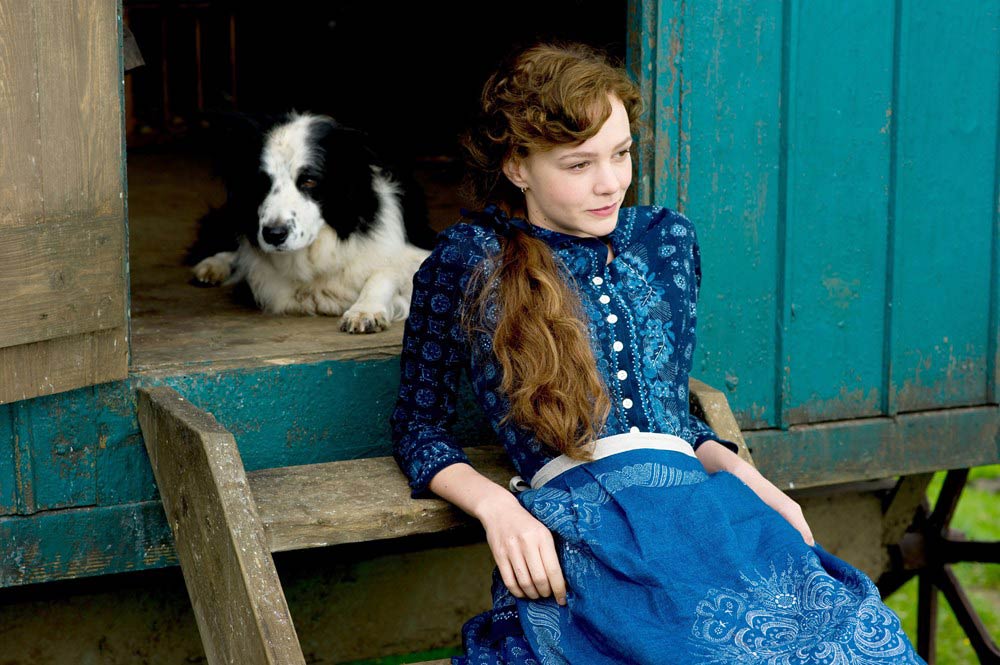
The new adaptation of Thomas Hardy’s novel appeals to the Pride and Prejudice set, but with more subtlety and sadness than most Austen films, plus a hearty heaping of rustic drudgery. Carey Mulligan’s gutsy Bathsheba gets swept off her feet like the best of her 19th century romantic peers, but without their usual histrionics—somewhere between Lean In and Wuthering Heights.
—Sarah Begley
Love & Mercy

Paul Dano fulfills the promise of roles in Little Miss Sunshine and There Will Be Blood as a young Brian Wilson, the Beach Boy who’s going slowly mad while recording the group’s landmark album Pet Sounds. John Cusack shows us the older Wilson, now paralyzed by overmedication at the hands of a villain. It’s a gripping story of mental illness, which is sadly all too common, and true musical genius—which is extremely rare.
—Sarah Begley
MORE The Top 10 Best Movie Performances of 2015
Furious 7

Each Fast & Furious movie has gleefully attempted to outdo the previous one. Brought down a plane in the last movie? How about making cars fly out of one in the next? While Furious 7 doubled down on its self-consciously corny lines and over-the-top stunts—crashing cars through not one, not two, but three high rises—it also took a moment to give a surprisingly moving send off to star Paul Walker, who died in 2013. While he will be missed, this increasingly diverse franchise has a bright future.
—Eliana Dockterman
Ex Machina
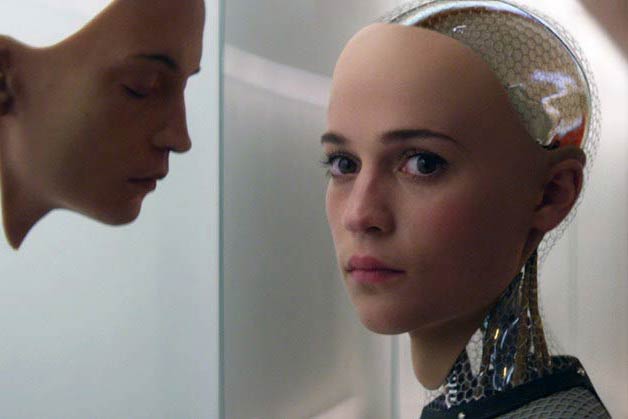
Alicia Vikander’s breakout year hinged on her spooky turn as a robot who may or may not have motives of her own. But this sci-fi thriller got its thrust from the creepy bond between the two men obsessed with Ava: tech billionaire Oscar Isaac and humble employee Domhnall Gleeson.
—Dan D’Addario
MORE The Top 10 Best Movies 0f 2015
Clouds of Sils Maria
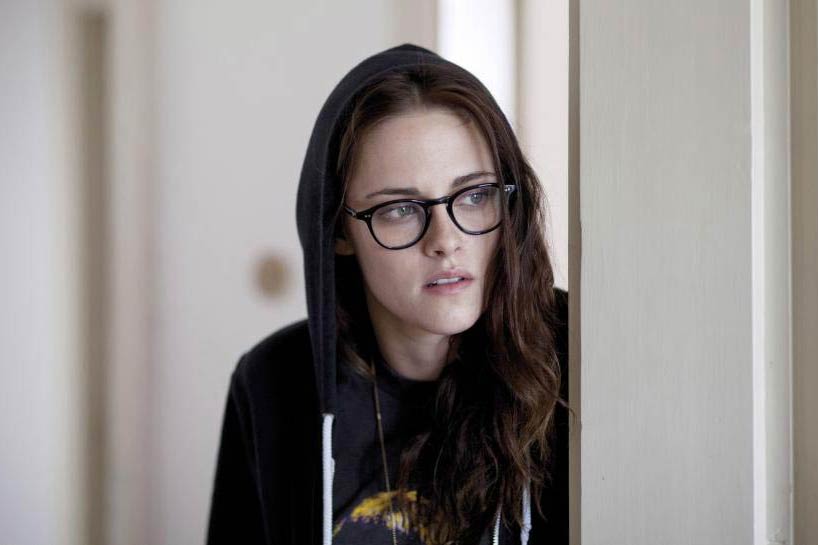
Freed from Twilight, Kristen Stewart showed flashes of both savage intelligence and newfound sensitivity as the personal assistant to Juliette Binoche’s pampered, neurotic actress. The film works as both insider moviemaking satire and an enigmatic tribute to intergenerational bonds between women.
—Dan D’Addario
Welcome to Me

Kristen Wiig, at her best, has always had a far more barbed edge than her comedy contemporaries; there’s real bite, and pathos, to her most memorable characters. Add Alice Klieg to that pantheon. Wiig commits utterly to the story of an ill woman who spends her lottery winnings on a five-day-a-week talk show dedicated to praising herself and shaming her enemies. It works as comment on our media age, but soars as a portrait of suffering that only Wiig could make hilarious.
—Dan D’Addario
Dope
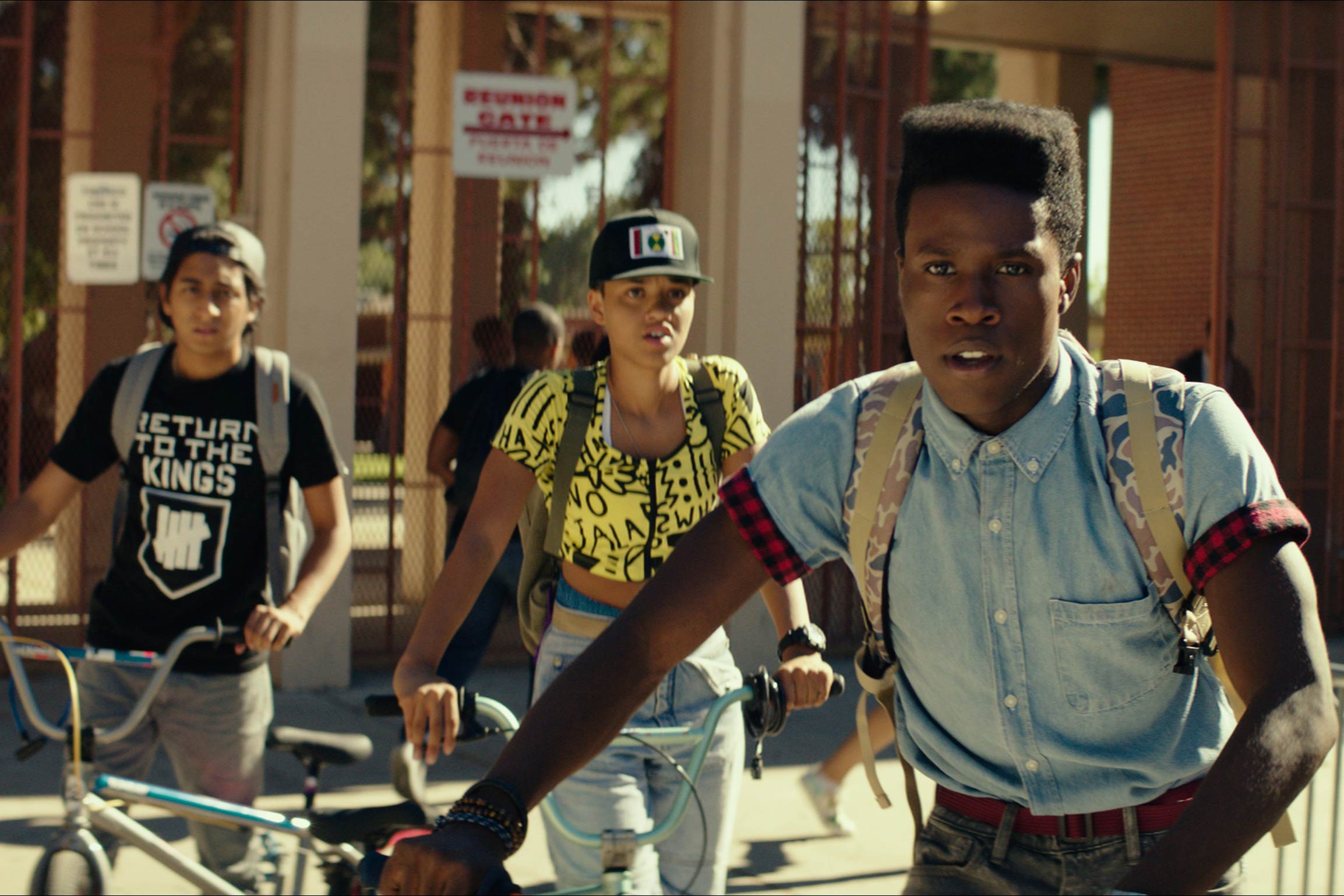
Writer-director Rick Famuyiwa’s tale about a nerdy black teen obsessed with ’90s hip hop culture rejects the trappings the typical coming-of-age flick, starting with its setting: Inglewood, Calif., otherwise known as “The Bottoms.” Newcomer Shameik Moore’s portrayal of Malcolm, who’s stuck between his ambition for a spot at Harvard and the whac-a-mole of obstacles that keep popping up to thwart him, thrusts the rising star into the well-deserved spotlight.
—Eliza Berman
Me and Earl and the Dying Girl
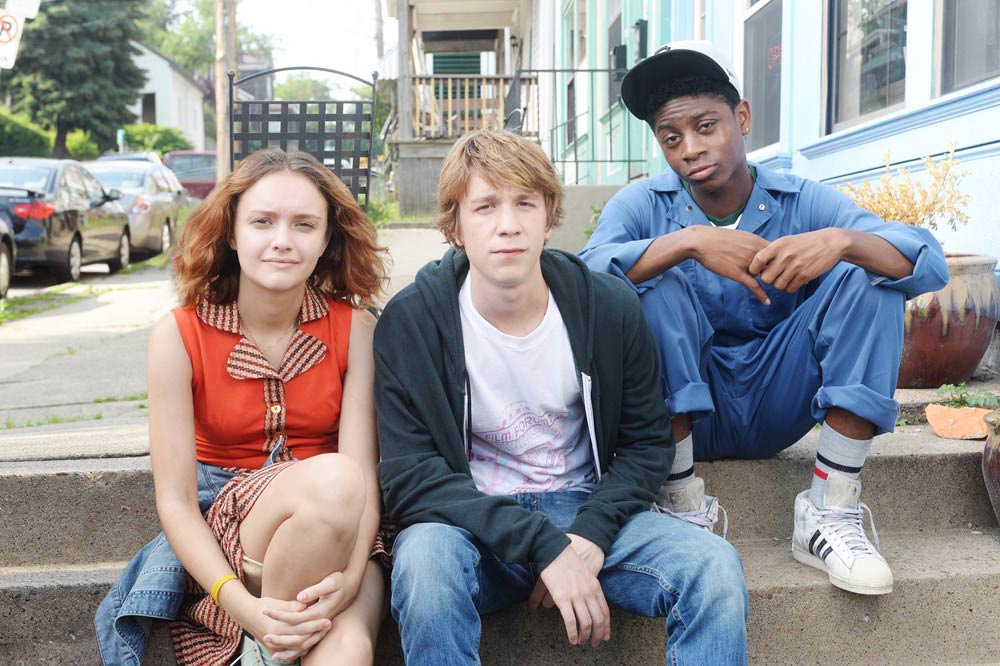
Director Alfonso Gomez-Rejon’s adaptation of Jesse Andrews’ young adult novel is a love letter to his late father and a tribute to the cinema greats who professionally reared him—and the movie’s labor-of-love origins are felt throughout. Though its plot, in which a high school senior is forced by his parents to befriend a classmate with leukemia, begs comparisons to The Fault in Our Stars, the movie defies categorization as a typical teen cancer rom-com by keeping its quirky protagonists in the realm of friendship.
—Eliza Berman
The Boy Next Door

No, you didn’t stumble onto the list of worst movies so far, and no, this wasn’t included to make a larger point about how The Boy Next Door is the rare thriller that lets a middle-aged heroine objectify a dude for a change. (In that way, it’s basically the “I Luh Ya Papi” video of thrillers.) The Boy Next Door gets its due here because the cheap twists and unintentionally laugh-out-loud dialogue (first edition of The Iliad, anyone?) made for one of the most deliriously fun theater-going experiences of 2015.
—Nolan Feeney
It seemed, too, that the stripping in this movie was more explicit.
Just in terms of my character, we had the chance to do that. Based on a lot of the research we’d done in the first film… This is a world I knew nothing about but that I knew had a lot of juicy elements to it. Being able to do the research and talk to men who did this as their profession, there were so many incredible stories. Channing, obviously, had some as well.
So did you research stripper conventions for this installment?
During the first film, I worked almost exclusively at this club in L.A. called Hollywood Men. I didn’t work there. but I did my research there. They were very generous in letting me watch from the audience, which men aren’t typically allowed to do, and also in letting me go backstage and be a fly on the wall and letting me see not only the many kinds of people there and what a typical night is like: How they came offstage if they did well, how they came offstage if they didn’t do well. I tried to bring that to the second film as well, but the convention research was really through Channing. One of the things that makes him a great leader, as well as a fun actor to work with, is that he’s so accessible and was always there to provide insight.
You and Joe Manganiello went to Carnegie Mellon together. As teens and young twentysomethings acting in classical drama together, did you two ever think you’d one day be in the sequel to a lucrative male-stripper dramedy?
How could we possibly have conceived of that? One of the things about going to drama school together: You are put through the process of so many bizarre acting exercises and disciplines, everything from creating animal projects to ground work. We’ve done the classics together, like Shakespeare and Ibsen and Shaw. In a weird way, there was something really grounding for me, having Joe here. I thought, this is just one more really interesting, outlandish acting exercise.
Where do you think the franchise could go from here? Could the tone change again?
I hope so! I do know that Channing, Greg [Jacobs, director], and Steven [Soderbergh, executive producer] are some of the most creative people I’ve ever known. If they decide to do a third movie, I’m sure it’ll be unique and fresh, based on what I’ve done with them before. I would be hesitant to impose my own ideas. But they’d better do it soon, because we ain’t getting any younger.
Does having so much attention focused on your physical form make you re-evaluate how actresses in Hollywood are treated?
I don’t know that it’s actresses so much as women in general. The amount of self-maintenance that went into making a film like this was really extensive, and I have a profound new level of empathy and compassion for what women go through. By the way, we just touched the tip of the iceberg. We didn’t go that deep into it. I would think movies like this, that have strong women characters and men that are objectified as much as women are—I hope they could continue to come out and level the playing field.
Speaking of strong female characters, your big showcase scene comes at the home of the character played by Andie MacDowell; you sing a romantic song to one of MacDowell’s female friends—
Jane!
Right! And it’s one of the most charged moments in the movie. Some people haven’t historically thought openly gay actors could build chemistry with women. Do you think about this while going about disproving it?
I try not to be incredibly conscious of it. I try to approach it as an actor. I’ve been playing straight roles for years, and I’ve always approached them the same way I’d approach any role. There’s always something there in the other actor to find desirable and interesting and appealing. It’s all about the given circumstances of the scene, and not about how I feel about myself in the social scheme of things.
One of my favorite things in the film are the women characters. To me, it’s so refreshing to see characters like Jada’s and even Amber [Heard]’s, who are independent, strong women who are sexy and approachable. How many times have you seen a film with a woman who is strong and not portrayed as frigid or a bitch? In this film, the women were portrayed beautifully and three-dimensionally and had all those dimensions going on. None of the females in this movie are there to serve the main characters. They’re all independent, sexy, and have their own thing. I really liked seeing that, and that’s what the film is about: Making sexuality a conversation, and not a one-sided imposition based on a presupposed idea of what people think is sexy.
More Must-Reads from TIME
- Cybersecurity Experts Are Sounding the Alarm on DOGE
- Meet the 2025 Women of the Year
- The Harsh Truth About Disability Inclusion
- Why Do More Young Adults Have Cancer?
- Colman Domingo Leads With Radical Love
- How to Get Better at Doing Things Alone
- Michelle Zauner Stares Down the Darkness
Contact us at letters@time.com